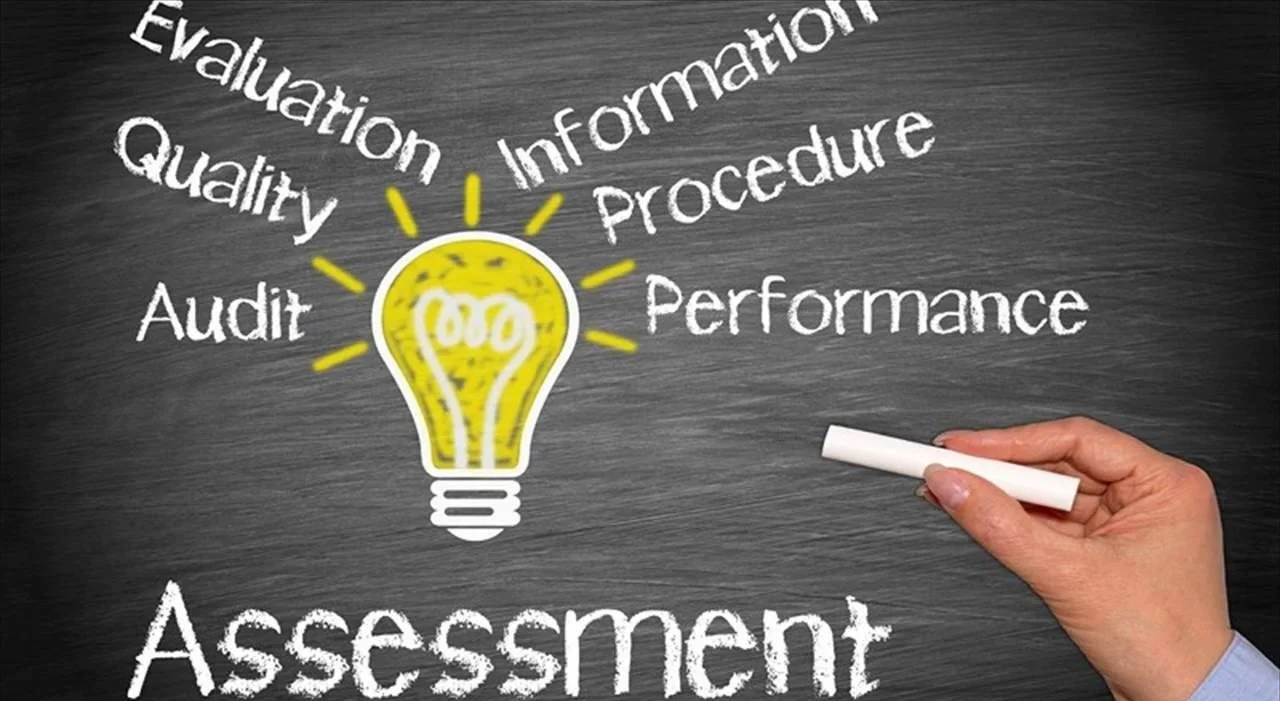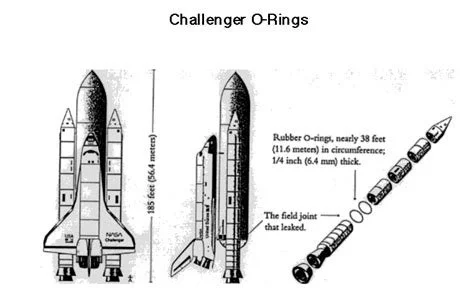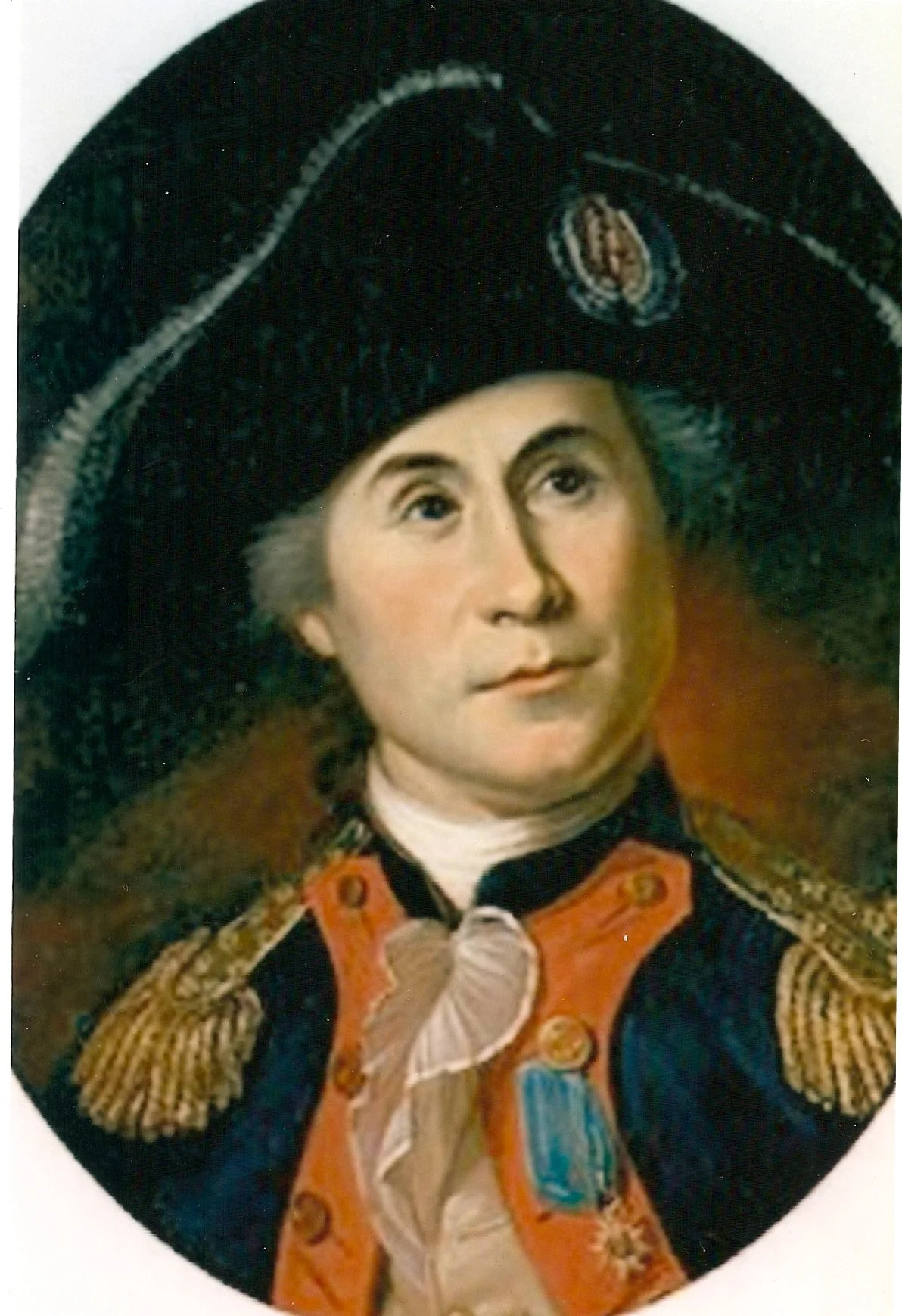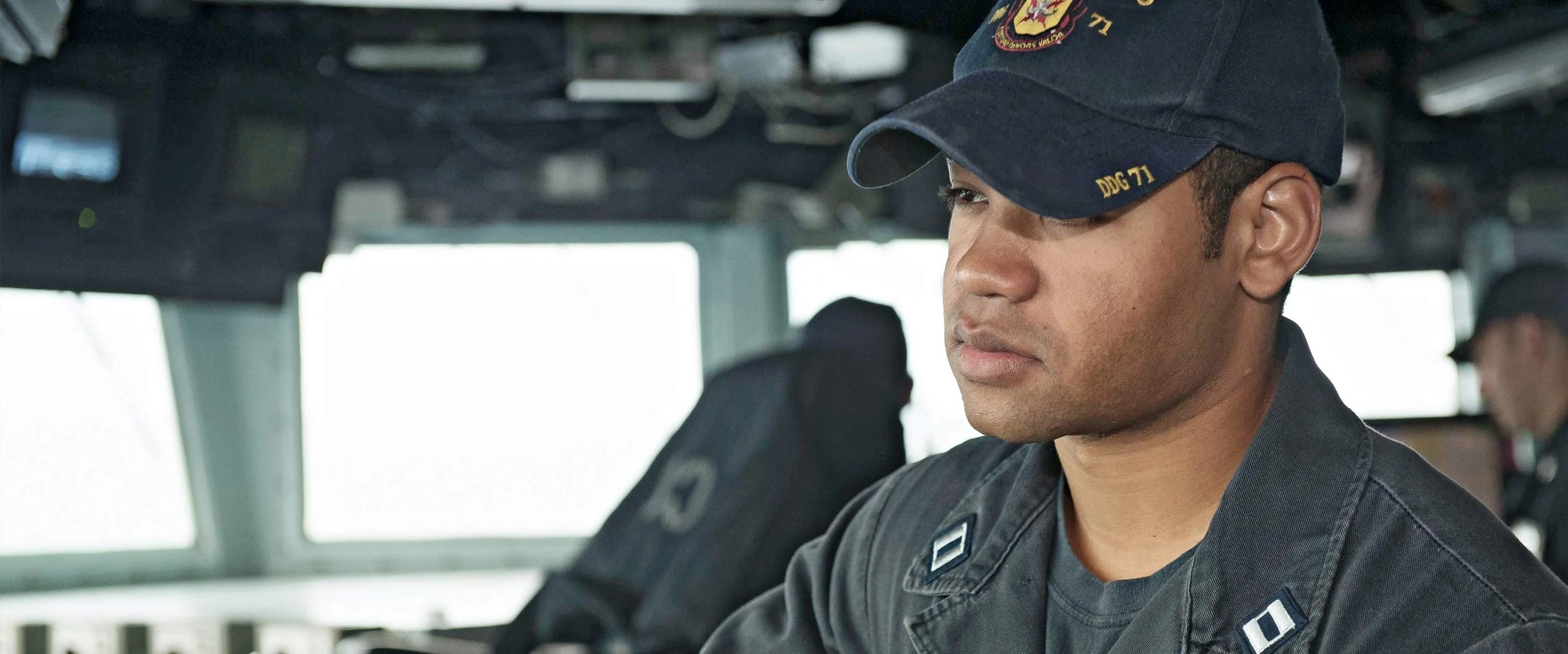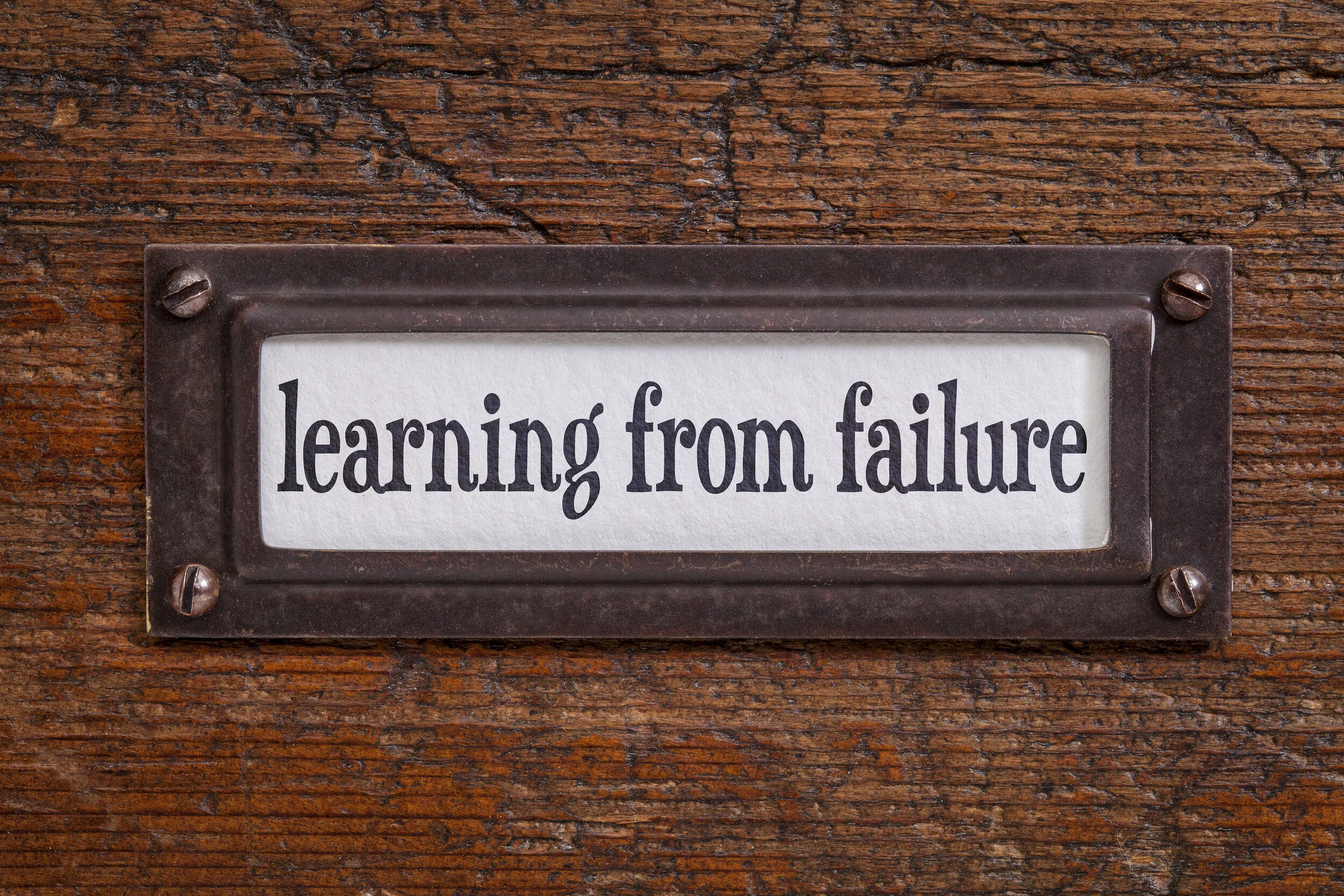While it is adaptive for humans to distort reliability and view events with cognitive biases, it isn’t for HRO. This post discusses reasons why people and organizations avoid accountability, the role accountability plays in HRO, and why it is essential for being highly reliable.
Hi.
Welcome to my website. This is where I write about what interests me. Enjoy your visit!



